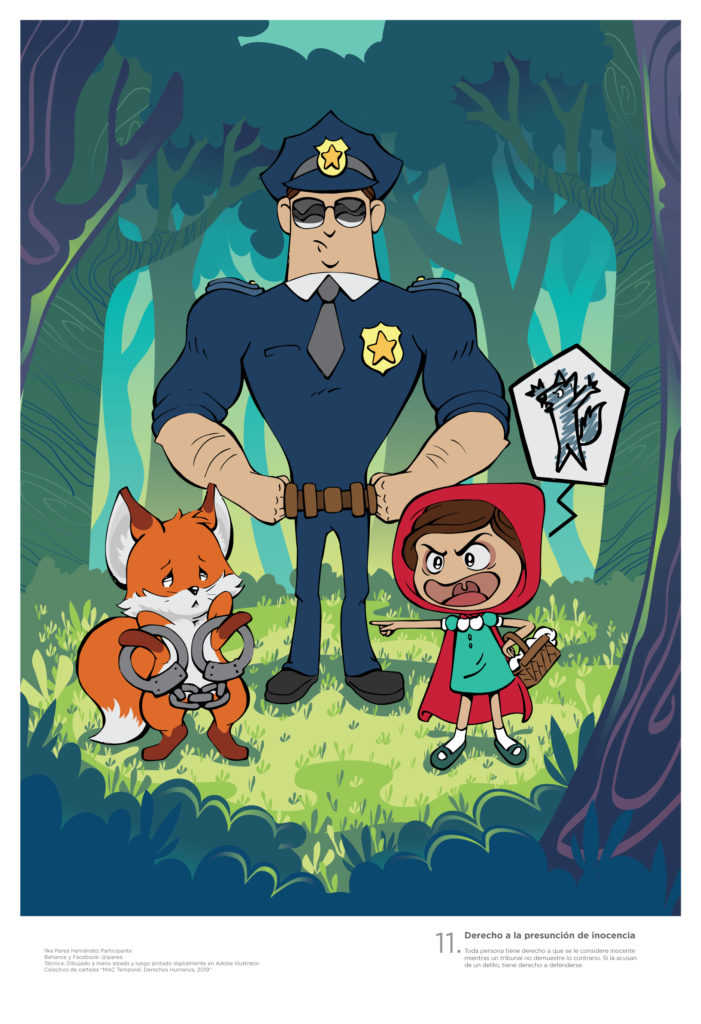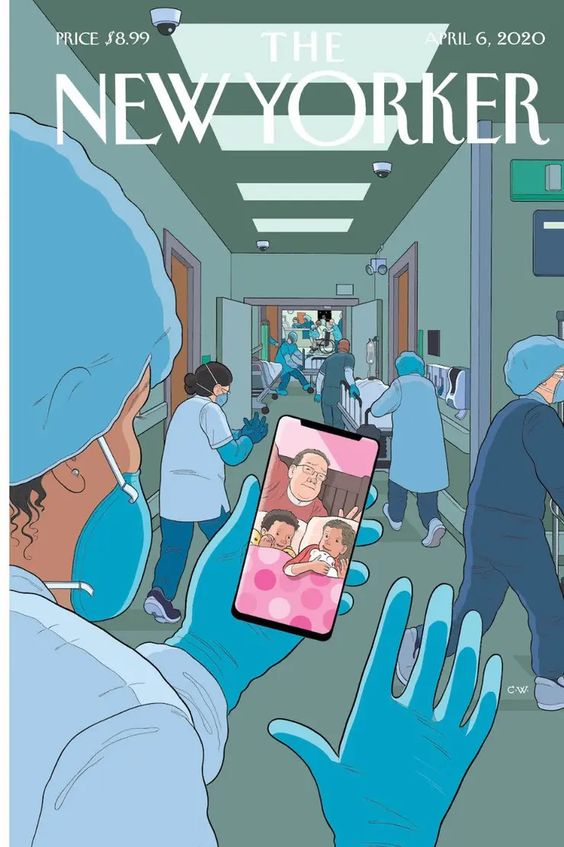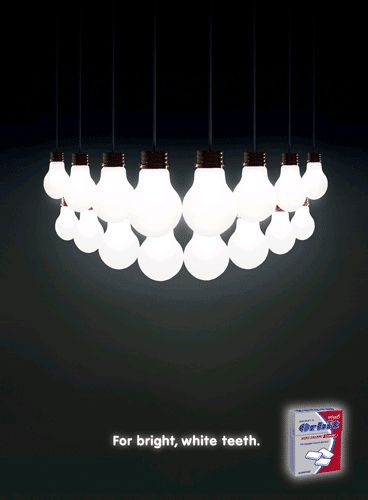Types of Visual Codes for Graphic Design
Last Updated on June 26, 2024 by Ilka Perea Hernández
Graphic designers act like codebreakers, mastering the hidden language of visual elements. By understanding the different types of visual codes for graphic design, they can craft messages that are both creative and effective.
As part of the visual communication process, codes and context play a fundamental role. In this post, I will explain the different types of codes used in graphic design.
Table of Contents
- Visual Codes
- What are Visual Codes?
- Code Types
- Different Types of Visual Code
- Codes according to Daniel Chandler
- Social Codes
- Textual Codes
- Interpretative Codes
- Codes according to Arthur Asa Berger
- Metonymic Code
- Analogical Code
- Displaced Code
- Condensed Code
- Example — Dress Codes
- In practice…
- Summary
- Some Insights
- Any Thoughts?
Visual Codes

What are Visual Codes?
Visual codes refer to a set of cultural conventions, contemporary sub-codes, and other semiotic signs used to communicate meaning visually. They provide a framework within which visual signs make sense, allowing for effective communication between creators and interpreters.
But, ¿what are visual signs? Well, in semiotics, signs can be defined as those that refer to or represent something else, which is absent. For example, if you see ashes and that means to you that something has burned, you have seen the visual sign of fire. The fire is absent. You can no longer see the fire, but you have seen its effects. Then, we are talking about an index, one type of visual signs.
Understanding the visual signs allows us as designers to know their other nature, the dichotomy between their denotative and connotative meanings. Both are part of the same coin, and one does not usually exist without the other since visual language operates as a reflection of our thinking and our individual and collective emotions.
Visual signs build the structure of codes, which are typically implicit and shared by members of the same organization, community, society, or culture. Moreover, geographical location and time can all influence the values and meanings that the audience gives to signs. In short, visual codes are cultural systems that allow signs to convey a meaning that makes sense to everyone in that group of people.
Code Types

Different Types of Visual Code
Semiotics seeks to identify codes and the implicit rules and restrictions that underlie the production and interpretation of meaning within each code. For more convenience, the codes are being divided into groups according to authors.
Codes according to Daniel Chandler
Daniel Chandler, a British visual semiotician, designed a tripartite structure for the category of codes. He identified the social code, the textual code, and the interpretive code.
Social Codes
In a wider sense, all semiotic codes are social codes:
- verbal language (phonological, syntactic, lexical, prosodic, and paralinguistic subcodes)
- body codes (body contact, proximity, physical orientation, appearance, facial expression, look, gestures, and posture)
- product codes (luxury possessions, basic needs items, entertainment items, etc.)
- behavioral codes (protocols, rituals, role-playing)
Textual Codes
Representation codes included:
- scientific codes, including mathematics
- aesthetic codes within the various expressive arts (poetry, drama, painting, sculpture, music, etc.) — including classicism, romanticism, and realism
- genre, rhetorical, and stylistic codes: narrative (plot, character, action, dialogue, setting, etc.), exposition, story, etc.
- media codes, including photographic, television, film, radio, newspaper, and magazine codes, both technical and conventional (including format)
Interpretative Codes
Interpretive codes, which are the codes of perception and ideological codes, evolve as the relationship between social codes and textual codes does.
Chandler expresses that the acceptance of interpretative codes and semiotic codes remains a basic argument. Ideological codes are emphasized. In other words, we can list the ‘isms’, such as individualism, liberalism, feminism, racism, materialism, capitalism, progressivism, conservatism, socialism, objectivism, consumerism, and populism; (note, however, that all codes can be seen as ideological).
Codes according to Arthur Asa Berger
Arthur Asa Berger, a U.S. academic and author, offers his own perspective and classification of the codes: metonymic code, analogical code, displaced code, and condensed code. These types of visual codes used in graphic design are also applied in marketing and advertising.
Metonymic Code
A metonymic code is a collection of signs that causes the viewer to make associations or assumptions. Berger explains: “And much of what we know or think we know from observing various visual signs is based on associations we make or have been taught to make about signs and what they signify. The technical term for these associations is metonymy.“
Analogical Code
Analogical codes are a group of signs that cause the viewer to make mental comparisons. Analogies mean saying or suggesting that something is like or similar to something else. There are two kinds of analogies:
- Metaphor: a figure of speech in which a meaning is applied to an object or action to which it is not literally applicable.
- Simile: a figure of speech involving the comparison of one thing with another thing of a different kind, used to make a description more emphatic or vivid.
Berger indicated that: “Metaphor and simile are not confined to words and written language — they are also part of our visual language and pervade our image making“.
Displaced Code
Displaced code transfers meaning from one set of signs to another. According to Freud, dreams use the processes of symbolic condensation and displacement to disguise our real thoughts and desires and evade the dream censor. This “censorship” prevents us from waking up due to uncomfortable, often sexual content. Examples include phallic symbols and representations of female genitalia. Similarly, artists and writers employ symbols in their work to evoke specific emotions — but only if the audience interprets them correctly, which isn’t always guaranteed.

Condensed Code
Condensed code is compounded by several signs that combine to form a new, composite sign. When we analyze symbols, we see a constant push and pull between two ways of creating meaning: metaphor (similarity) and metonymy (association). For dream interpretation, specifically, Freud focused on this competition. He asked if dream symbols and their order reflect connections based on closeness (like displacement and condensation) or likeness (like identification and symbolism).
Example — Dress Codes
Clothing varies from one culture to another, as the circumstances do. The contexts within a culture are also constraints on dress codes.

Chandler postulates: “Social conventions for the appropriate dress are explicitly referred to as ‘dress codes’. In some institutions, such as many business organizations and schools, a formal dress code is made explicit as a set of rules (a practice that sometimes leads to subversive challenges)”.

Particular formal occasions, such as weddings, funerals, banquets, etc., involve high expectations regarding “appropriate” dress. In other contexts, the individual has more choices of what to wear, and their clothes seem to “say more about them” than about an occasion when they are present or the institution they work for.

The way we dress can serve as a marker of social background and subcultural alignments. This is particularly evident in teenage subcultures.
In practice…
Clothing, along with all its accessories and apparel, has always been loaded with cultural components. In this sense, clothing communicates, and depending on the cultural context, it can communicate social status, chronological age, profession or work activity, individualism, or social dysfunction, for instance.
Understanding these codes, Playtex has developed a campaign for “rebel babies”.

Playtex Infant Care advertising for Binky Babies, “For Difficult Little People”, was one of the winners at the Global Awards for health-related advertising honored in New York. Three print advertisements, “Yakuza Baby”, “Punk Girl” and “Tattoo Boy” associate the Playtex brand of pacifier with hard-to-handle babies.


Summary
- Visual codes refer to a set of cultural conventions, contemporary sub-codes, and other semiotic signs used to communicate meaning visually.
- Social codes include verbal language, body codes, product codes, and behavioral codes.
- Textual codes include scientific codes; genre, rhetorical, and stylistic codes; and media codes.
- Interpretive codes, which are the codes of perception and ideological codes, evolve as the relationship between social codes and textual codes does.
- A metonymic code is a collection of signs that causes the viewer to make associations or assumptions.
- Analogical codes are a group of signs that cause the viewer to make mental comparisons.
- Displaced code transfers meaning from one set of signs to another.
- Condensed code is compounded by several signs that combine to form a new, composite sign.
Some Insights
To plan your visual communication strategically, designers must know the different types of visual codes for graphic design and optimize their potential to create direct, clear, and strong messages. In the words of Arthur Asa Berger: “Advertising makes great use of the power of association because this technique conveys information quickly and powerfully”.
Any Thoughts?
In the comments section, tell me if you already knew about these classifications of visual codes. As a designer, have you consciously used and applied codes to your design projects? What do you recommend for learning about the visual code in your culture?

Share
Spread the love… and this post!
If you liked it, share this post on your social networks. Smart designers share good things with others.

Bibliography
- Berger, A. A. (2014). Signs in Contemporary Culture: An Introduction to Semiotics. CreateSpace.
- Bernstein, B. (1970). Class, Codes, and Control, Vol. 1. Theoretical Studies towards a Sociology of Language (Primary Socialization, Language, and Education). Routledge & Kegan Paul.
- Chandler, D. (2017). Semiotics: The Basics. Routledge.
- Groupe µ (2011). Tratado del signo visual: Para una retórica de la imagen (Signo E Imagen / Sign and Image). Ediciones Cátedra.
- Hébert, L. (2019). An Introduction to Applied Semiotics. Routledge.
- Hébert, L. (2006). Sign Structures. The Sign according to Klinkenberg. Signo. http://www.signosemio.com/klinkenberg/sign-structures.asp.

